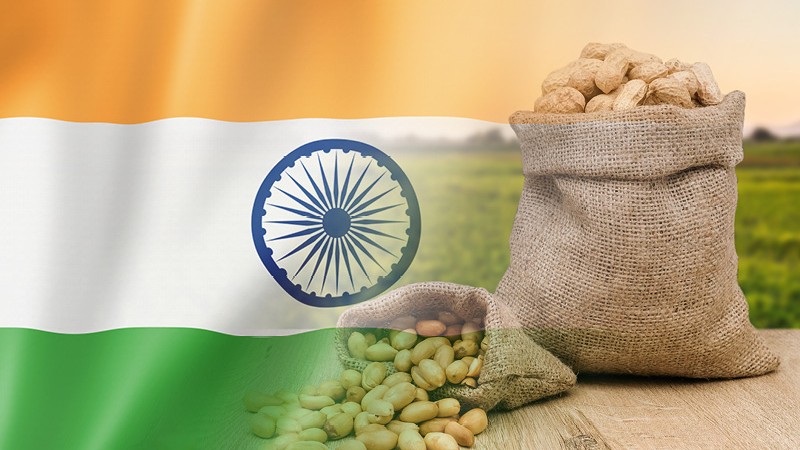Peanuts: “Businesses should focus on ensuring quality control”
January 10, 2025 at 11:00 AM ,
Der AUDITOR

What were the key challenges faced by the Indian peanut market in 2024? Were these challenges mainly due to El Niño, or do you believe they would have arisen in a more stable year as well?
The Indian peanut market faced significant challenges in 2024, largely due to El Niño. Erratic weather patterns disrupted planting and harvesting cycles, particularly in Gujarat and Rajasthan. Unpredictable rains affected crop yields in some areas. Even in a stable year, some challenges like rising input costs and fluctuating market demand would have been present, but the severity of these hurdles was amplified by climate-related disruptions.
Are the effects of El Niño still noticeable, and how have they influenced the Indian peanut market?
Yes, the effects of El Niño are still evident in 2024. While some regions have recovered, others are experiencing prolonged drought or unpredictable rainfall, affecting both yield and quality. The late rains during critical stages of the crop cycle have left farmers with uneven crops.
While prices for other food and feed commodities have risen sharply, peanuts have seen less of an increase. Do you believe buyers will need to adjust to higher peanut prices in the long term, or could prices decline further?
Although peanut prices have remained relatively stable compared to other commodities, the overall trend points toward an increase in the long term – especially as global demand for quality peanuts, particularly in markets like the EU, remains strong. While a bumper crop could lead to a temporary price drop, long-term cost pressures make sustained price reductions unlikely.
Has the demand situation for peanuts changed compared to 2022 and 2023? Have buyers and processors had to readjust their needs?
Yes, the demand dynamics have evolved. In 2024, demand has shifted due to higher quality requirements from international buyers, particularly from Europe. As a result, processors and exporters have had to be more selective in sourcing peanuts that meet stricter aflatoxin and quality standards. Some buyers have reduced their volumes or shifted to alternative suppliers due to inconsistent supply from India.
Considering the current crises – lower production, climatic conditions, etc. – what do you think the Indian peanut market should prepare for in the coming year? Are there any major consequences expected for the 2024/2025 season in terms of supply and demand?
Peanut production is expected to be strong, with forecasts around 4 million tons. However, the market should prepare for potential disruptions due to continued climatic uncertainty, while domestic and international demand for peanuts remains steady. Businesses should focus on ensuring quality control to meet export standards, particularly in key markets like the EU.





